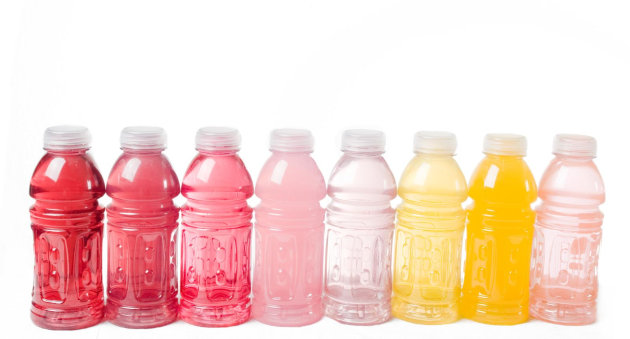Global natural colour specialist Oterra explains why natural colouring is important and the latest advancements in making beverages look appealing.
First and foremost, eating and drinking are sensory experiences we all enjoy. The first sensory experience is what it looks like, followed by smell, taste, and texture. Without colour, beverages don’t look very appetising or fun.
For consumers, foods and beverages coloured naturally are better for them than those made with synthetic dyes.
And for the beverage manufacturer, natural colours provide a clean labelling choice depending on the type of beverage and desired targeted flavour profile.
The power of colour
Colours ignite consumers’ senses to imagine the flavour of the beverage. Yellows and greens can signify thirst quenching goodness while bold, bright reds can evoke strength, endurance, and even passion. Browns on the other hand may convey richness and nostalgia.
The possibilities are endless depending on the target market and the type of beverage.
Caramel colour can deliver the visual appearance of tea, or a combination of spirulina blue and beta-carotene yellow for green tea (blue + yellow = green). Green can be used for mint beverages, while red shades can signify a broad range of flavours from pomegranate, blood orange, various berry flavours, red grapefruit and even hibiscus.
Caramel colour is the world’s most widely used colourant in beverages, particularly for the soft drink industry, where it is the number one go-to colour.
Coming in second are shades of yellow and orange.
Carbonated soft drinks are the largest coloured market segment, while energy drinks and sport drinks can be challenging to colour because of their high mineral and vitamin content.
Alcoholic beverages can also present challenges because of their long shelf life.
The cleanest possible colours
Colouring Foods are clean label colours made by using minimal processing techniques, ideally being a concentration of the raw material.
Natural Colours are when certain pigments are separated from the raw materials using approved organic solvents such as ethanol.
Approved additives such as emulsifiers and antioxidants are added to formulate the final colour product.
Oterra’s patented CapColors are a range of encapsulated colours mainly based on carotenes. They have been designed for better pigment dispersion and reduce the amount of pigment used, whichprovide an economical option compared with the standard emulsions.
Challenging colours
Thanks to the science, innovation, and technical skills, today’s natural colour options are almost limitless, although blue shades remain the most difficult, followed by red shades in clear beverages.
The pigments found in plants that give a black, purple, blue or red colour are known as anthocyanins.
Blue remains a most difficult as there is no blue pigment available from nature that is stable in an environment with high acidity and low viscosity.
Anthocyanins work well in beverages with low pH, however, red shades for beverages with neutral pH, like mineral water, is more difficult because anthocyanins won’t be stable and the colour shade will shift to purple-blue at neutral to high pH.
Also, one of popular colours such as red beet in beverages may not work in high processing temperature application as red beet is not heat stable.
Carmine is commonly used in beverages and is considered to be a natural colour, but the increasing vegan/vegetarian trend means we’re seeing consumers wanting plant-based colour alternatives.
After nearly a decade of R&D, Oterra has launched its clean label Hansen Sweet Potato FruitMax Red 116 WS as an alternative to Red40/Allura Red for beverages.
HSWP FruitMax Red 116 WS is designed specifically for beverage manufacturers and has quickly been adopted around the world due to its stable, vibrant, and natural red alternative to what was on the market.
Fruitmax Red 116 WS is a radiant red. It looks stunning in everything from alcoholic beverages and carbonated soft drinks to energy drinks, juice-based drinks, cordials and near waters.
Colours from natural sources are an absolute must when formulating a clean-label product. Consumers want to know more about what’s in the drinks they consume, where those ingredients come from, and the purpose they serve.
Natural colours can meet those expectations as well assupport the more over-arching natural, clean, and sustainable mindset.







